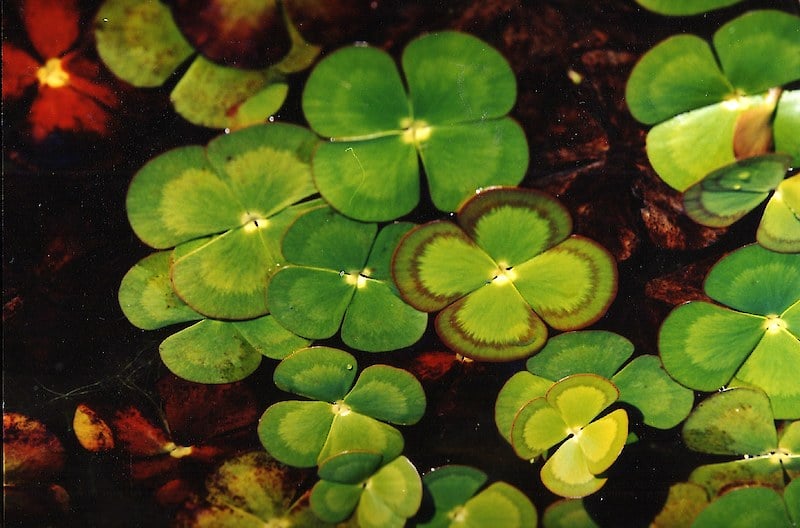A plant is a living entity similar to trees, shrubs, herbs, grasses, ferns, and mosses. It grows in a fixed location, absorbs water and inorganic substances through its roots, and synthesizes nutrients in its leaves through photosynthesis utilizing the green pigment chlorophyll. But what plant can cause you to starve?
If consumed improperly, the Australian aquatic fern known as Nardoo can cause starvation. The plant includes large amounts of an enzyme that destroys thiamine or Vitamin B1, preventing your body from extracting energy from food even if you eat a balanced diet.
A Life Saver or A Life Taker?
In August 1860, Robert O’Hara Burke led an expedition of men out of Melbourne, including William John Wills as a surveyor. They aimed to be the first people to go from south to north across the continent.
Burke and Wills intended to establish a route connecting the newly invented telegraph line to Europe via Java. They wanted to look into a possible railway line route and see if there was an inland sea.
Burke and Wills were three months into their journey when they set up camp near Coopers Creek and ran out of food. The local Aborigines provided them with Nardoo, which they gratefully welcomed. It satiated their hunger, and they soon proceeded to manufacture their Nardoo, grinding it up and mixing it with water to make a thin paste, as they had seen the locals do.
Despite eating up to four or five pounds per day, the two explorers became weaker and thinner, developing symptoms like shaky legs and a steadily decreasing pulse, as Wills recorded in his journal.
Wills couldn’t figure out why he was hungry while eating so much Nardoo. He didn’t realize that Nardoo includes thiaminase, an enzyme that breaks down thiamine (Vitamin B1), rendering it unavailable to the body. Despite being required in trace levels, thiamine is necessary for energy metabolism and neuron and brain function. Thiamine is needed to produce ATP, a complex chemical that provides energy for cells to function. People with low thiamine levels also have an excess of cholinesterase, an enzyme that regulates nerve impulses, which can interfere with the peripheral nervous system if interrupted. (Source: ABC Science)
Nardoo, The Desert Fern
A sporophyte is a mature plant. As the sporophyte’s fronds expand, they reveal the Nardoo’s origins as a fern. Young leaves coiled within the developing point unfurl like those of more familiar tree ferns and bracken ferns.
When the fern grows, it produces sporocarps, which are complex, nut-like things up to nine millimeters long that sprout from the rhizome (underground stem/root). The sporocarp is a rigid capsule filled with starchy spores.
The sporocarps make their way down to the bottom of fissures formed in the drying mud. They could stay for up to 30 years. When the sporocarps are inundated, the starchy packing swells to the consistency of jelly, breaking the shell and releasing the spores. The spores germinate in this mass, forming tiny, transitional plants known as prothallus. The prothallus can be either male or female, generating sperm or eggs. When a sperm fertilizes an egg, it matures into a spore-bearing sporophyte, the plant known as Nardoo, and the cycle begins again. Surprisingly, all other live ferns have only one variety of prothallus, with no male and female variants. This level of specialization distinguishes the nardoo genus Marsilea as the most sophisticated of all ferns. (Source: ABC Science)
